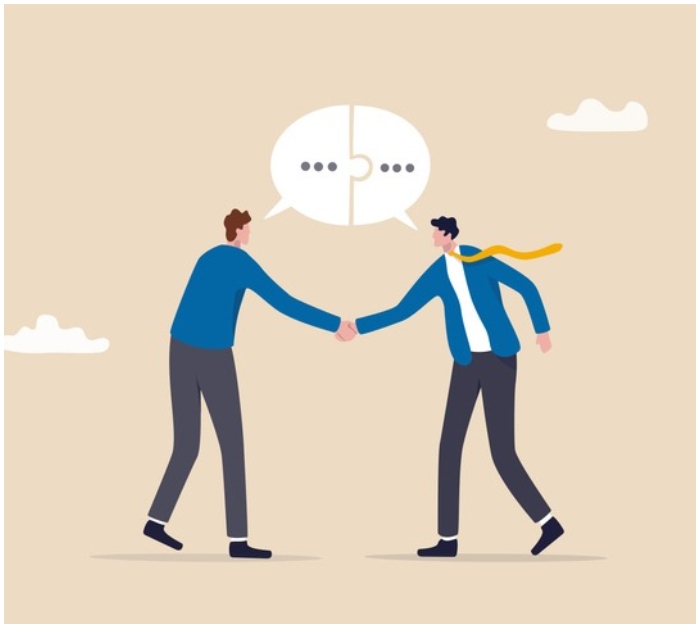In our fast-paced world, effective communication is more important than ever. Whether in professional settings, personal relationships, or casual encounters, how we express ourselves can greatly impact our interactions. But fear not – becoming a communication maestro doesn’t require a degree in linguistics. This article delves into three powerful communication hacks: active listening, the art of asking questions, and the power of body language. These simple yet effective techniques can transform your conversational skills, helping you to connect more deeply with others and convey your messages more effectively. Let’s unlock the secrets to becoming a communication wizard and revolutionize how we interact with the world around us.
Active Listening
Active listening is the cornerstone of effective communication. It’s more than just hearing the words spoken; it’s about fully understanding the message being conveyed. This means paying close attention, not just to the words, but to the tone, pace, and emotions behind them. Show you’re engaged by nodding, maintaining eye contact, and offering verbal affirmations like “I see” or “That makes sense.” Resist the urge to formulate your response while the other person is still speaking. Instead, focus on truly understanding their perspective. Active listening builds trust, helps in resolving conflicts, and fosters deeper connections, making it a vital skill in any communicator’s toolkit.

Asking Questions
Asking the right questions can dramatically improve your conversations. Questions open up dialogues and show interest in the other person’s thoughts and feelings. However, the key is to ask open-ended questions – those that cannot be answered with a simple ‘yes’ or ‘no’. For example, instead of asking, “Did you like the movie?” try, “What did you think about the movie?”. This encourages more detailed responses and keeps the conversation flowing. Furthermore, asking thoughtful follow-up questions based on the person’s responses shows that you’re actively engaged and value what they say. Mastering this art can turn simple exchanges into meaningful conversations.
The Power of Body Language
Non-verbal cues, or body language, are a crucial yet often overlooked aspect of communication. Studies suggest that a significant portion of our communication is non-verbal. Therefore, being aware of your own body language and reading others’ can enhance your communicative abilities. Maintain an open posture and avoid crossing arms or legs, as these can appear defensive. Use gestures to emphasize points, but avoid overdoing them. Pay attention to the other person’s body language as well – it can provide clues about how they’re really feeling, sometimes even contradicting their words. Mastering body language not only helps in conveying your message more effectively but also in understanding others better.